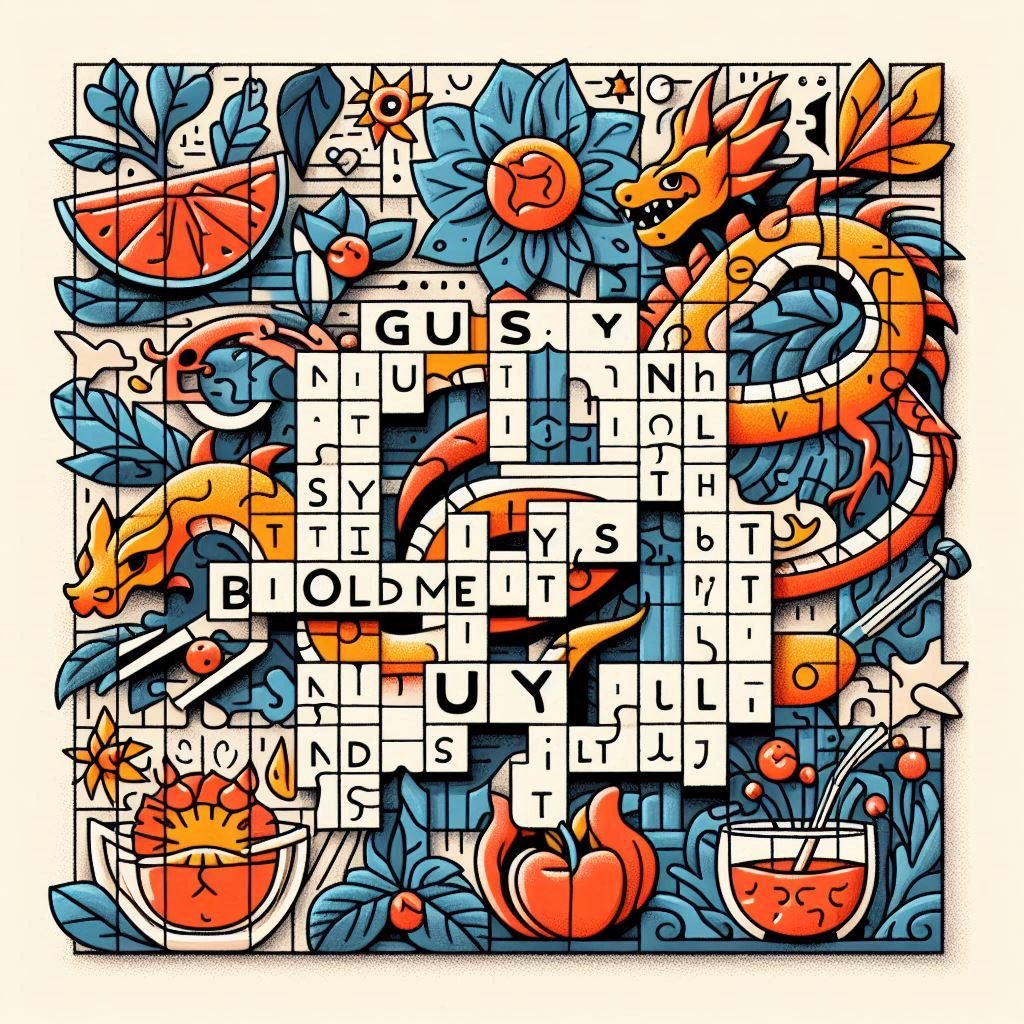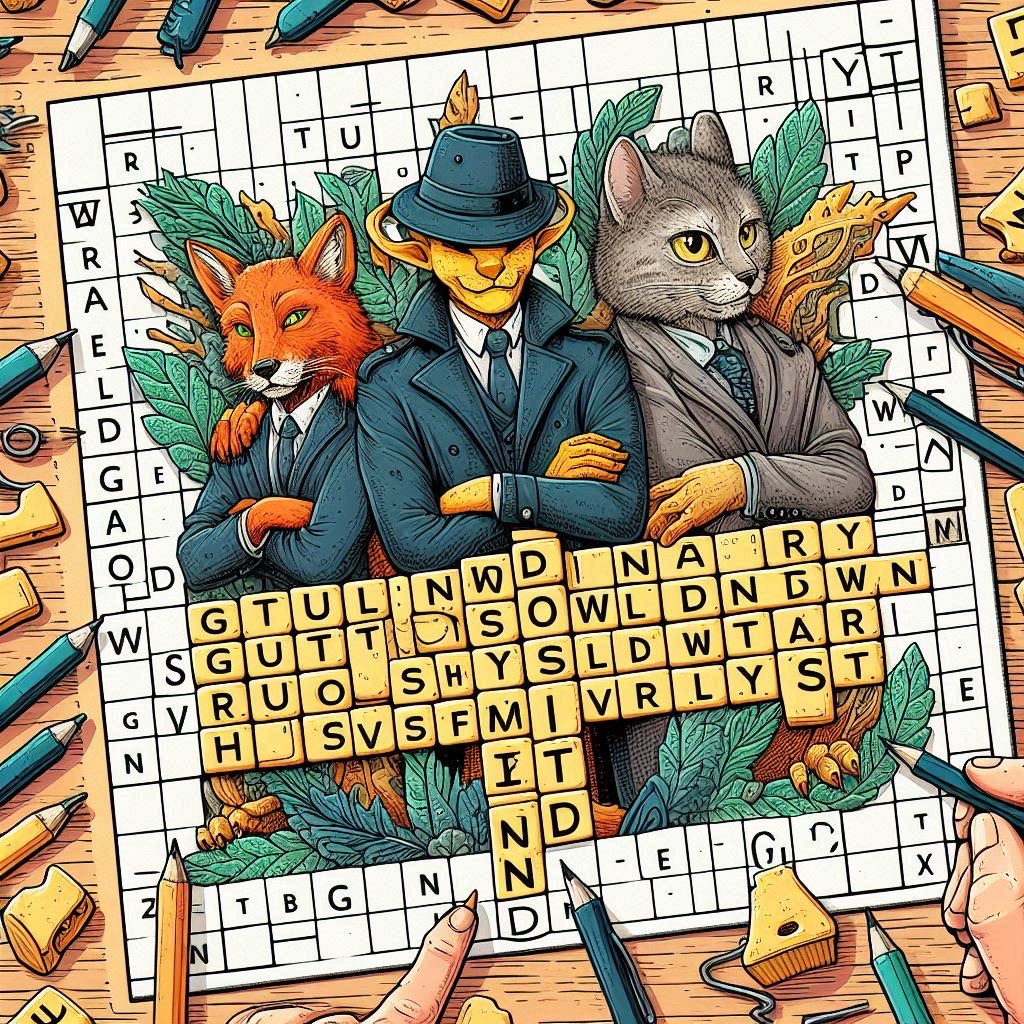Introduction
Have you ever heard someone say, “That person has a lot of moxie”? Moxie is a word that means gutsy boldness nyt or courage. It’s a fun and interesting word that can describe someone brave and confident. In this article, we will explore what moxie means, where it comes from, and how people show moxie in their everyday lives. We’ll also look at some real-life examples and stories to make it more engaging and easy to understand.
What is Moxie?
Definition of Moxie
Moxie means having gutsy boldness nyt, courage, or determination. When someone has grit, they are not afraid to take risks or stand up for what they believe in. They show confidence and bravery, even in difficult situations.
Origin of the Word “Moxie”
The word “moxie” originally comes from the name of a soft drink that was popular in the early 1900s. The drink was called “Moxie,” and it was advertised as giving people energy and courage. Over time, the word started to be used to describe people who had a lot of energy and boldness.
How People Show Moxie
Standing Up for What is Right
One way people show moxie is by standing up for what they believe is right, even when it’s hard. For example, if someone sees a friend being bullied, they might show a mettle by standing up to the bully and defending their friend.
Taking Risks
People with grit are not afraid to take risks. This could mean trying out for a sports team, auditioning for a play, or starting a new project. They are willing to step out of their comfort zone and try new things.
Overcoming Challenges
Another way people show moxie is by overcoming challenges. This could be anything from learning a new skill to dealing with a difficult situation at home or school. People with grit don’t give up easily. They keep trying, even when things get tough.
Real-Life Examples of Moxie
Malala Yousafzai
Malala Yousafzai is a great example of someone with grit. She stood up for girls’ education in Pakistan, even when it was dangerous. Despite being attacked, she continued to speak out and fight for what she believed in. Her courage and determination have inspired people all over the world.
Thomas Edison
Thomas Edison, the famous inventor, showed moxie by never giving up on his experiments. He failed many times before finally inventing the light bulb. His determination and willingness to keep trying, even after many failures, is a great example of grit.
Bethany Hamilton
Bethany Hamilton is a surfer who lost her arm in a shark attack. Despite this huge challenge, she showed incredible moxie by getting back on her surfboard and continuing to compete in surfing competitions. Her story is an inspiring example of courage and determination.
Gutsy Boldness in the New York Times Crossword

The Crossword Clue
In the New York Times Crossword, “gutsy boldness” is often used as a clue. The answer to this clue is usually “MOXIE.” Moxie means having gutsy boldness or courage. It’s a fun and interesting word that perfectly captures the idea of being brave and confident.
Why People Love the NYT Crossword
The New York Times Crossword is one of the most popular and respected crossword puzzles in the world. People love it because:
- Challenging Clues: The clues are often tricky and require creative thinking.
- Daily Puzzles: There is a new puzzle every day, so there’s always something fresh to solve.
- Variety: The puzzles range from easy to very difficult, catering to all skill levels.
- Community: Many people enjoy discussing and solving the puzzles together, creating a sense of community.
How to Solve the Gutsy Boldness nyt Crossword
Tips for Beginners
- Start with the Easy Clues: Look for the clues that seem easiest to you and fill those in first.
- Use the Crosses: If you’re stuck on a clue, look at the intersecting words for hints.
- Think Creatively: Sometimes the clues are puns or play on words, so think outside the box.
- Practice Regularly: The more you practice, the better you’ll get at solving the puzzles.
Advanced Strategies
- Learn Common Crossword Words: Some words appear frequently in crosswords, so learning these can help.
- Look for Themes: Many puzzles have a theme that can give you hints about the answers.
- Use Online Resources: There are many websites and forums where you can get help and tips from other solvers.
How to Develop Moxie
Believe in Yourself
One of the first steps to developing grit is to believe in yourself. When you have confidence in your abilities, you are more likely to take risks and stand up for what you believe in.
Set Goals
Setting goals can help you develop grit. When you have something to work towards, you are more motivated to take action and overcome challenges. Start with small goals and gradually work your way up to bigger ones.
Practice Resilience
Resilience is the ability to bounce back from setbacks. To develop grit, practice resilience by not giving up when things get tough. Learn from your mistakes and keep trying.
Surround Yourself with Supportive People
Having a support system can help you develop grit. Surround yourself with friends and family who encourage you and believe in you. Their support can give you the confidence to take risks and stand up for what you believe in.
Conclusion
Moxie is a wonderful quality that means having gutsy boldness, courage, and determination. People with grit are not afraid to take risks, stand up for what they believe in, and overcome challenges. By believing in yourself, setting goals, practicing resilience, and surrounding yourself with supportive people, you can develop your moxie. Remember, everyone has the potential to show mettle in their unique way. So go out there and be bold, be brave, and show the world your mettle!
FAQs About Gutsy Boldness in the New York Times Crossword
1. What does “gutsy boldness” mean in the context of the New York Times Crossword?
In the New York Times Crossword, “gutsy boldness” is often used as a clue. The answer to this clue is usually “MOXIE,” which means having courage, confidence, and determination.
2. Why is “MOXIE” a common answer for “gutsy boldness”?
“MOXIE” perfectly captures the essence of bold boldness. It describes someone brave and daring, willing to take risks and face challenges head-on.
3. How often does the clue “gutsy boldness nyt” appear in the NYT Crossword?
The clue “gutsy boldness” appears periodically in the New York Times Crossword. It is a popular clue because it challenges solvers to think creatively and understand the meaning behind the word “MOXIE”.
4. What are some tips for solving the NYT Crossword?
- Start with the Easy Clues: Fill in the answers you know first.
- Use the Crosses: Look at intersecting words for hints.
- Think Creatively: Consider puns or wordplay.
- Practice Regularly: The more you practice, the better you’ll get.
5. Why do people enjoy the NYT Crossword?
People enjoy the New York Times Crossword because it offers:
- Challenging Clues: Requires creative thinking.
- Daily Puzzles: There is always something new to solve.
- Variety: Puzzles range from easy to very difficult.
- Community: Many enjoy discussing and solving puzzles together.
6. What is the history of the word “MOXIE”?
The word “MOXIE” originally comes from the name of a soft drink that was popular in the early 1900s. The drink was advertised as giving people energy and courage, and over time, the word started to be used to describe people with gutsy boldness.
7. Can you give an example of a famous person with “MOXIE”?
One famous example is Malala Yousafzai, who showed incredible courage by standing up for girls’ education in Pakistan, even in the face of danger. Her determination and bravery are perfect examples of moxie.
8. How can I develop my own “MOXIE”?
Believe in Yourself: Have confidence in your abilities.
Set Goals: Work towards something you want to achieve.
Practice Resilience: Don’t give up when things get tough.
